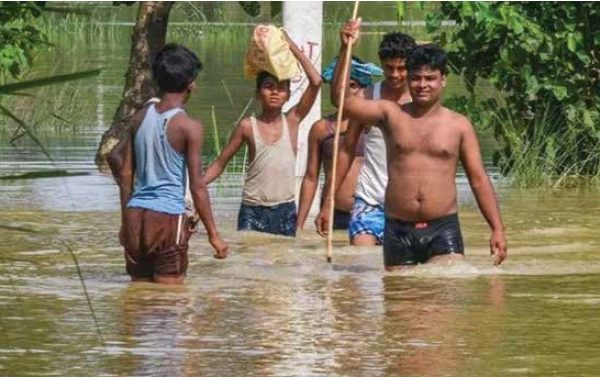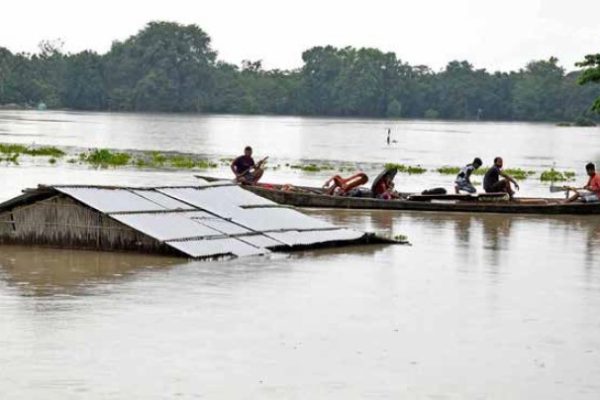
The Role of Civil Society in Managing Bihar Floods
Sagar Jha is a Project Management Associate at Pratham Foundation, primarily focusing on the education sector. With extensive knowledge in disaster management and development, he brings valuable insights into both fields. His family roots are in Bihar, and he frequently visits his native place, where he actively explores organizations working in specific sectors to understand…


